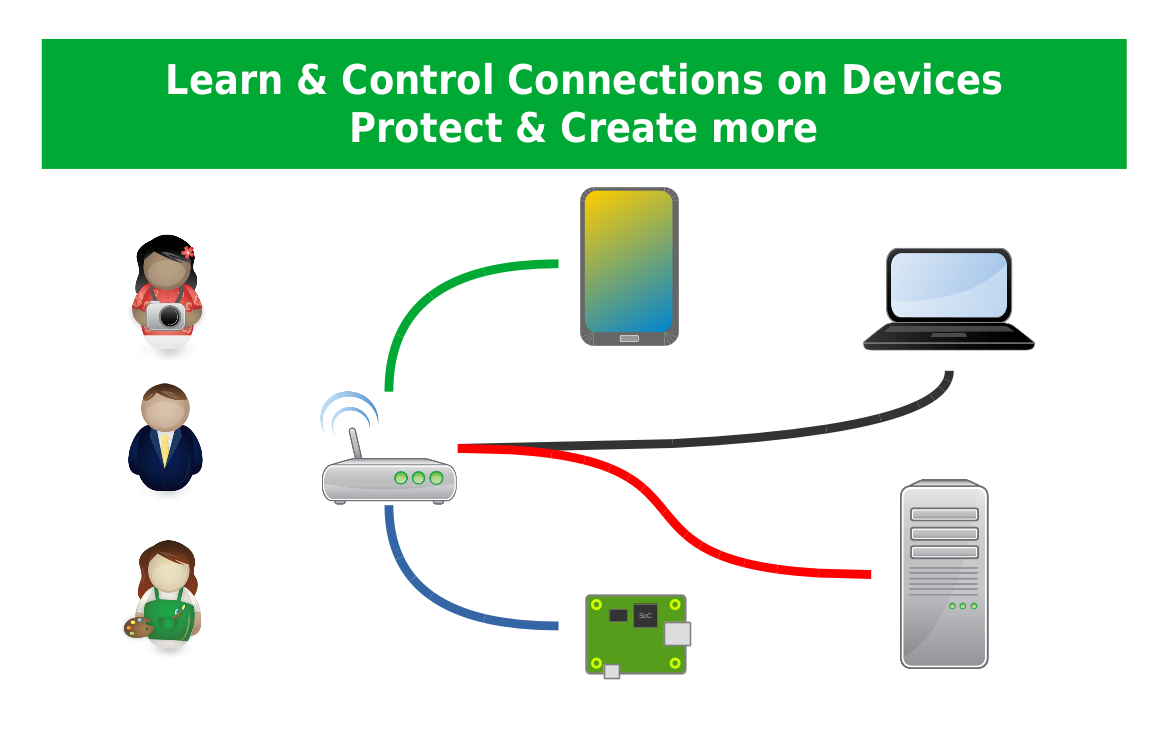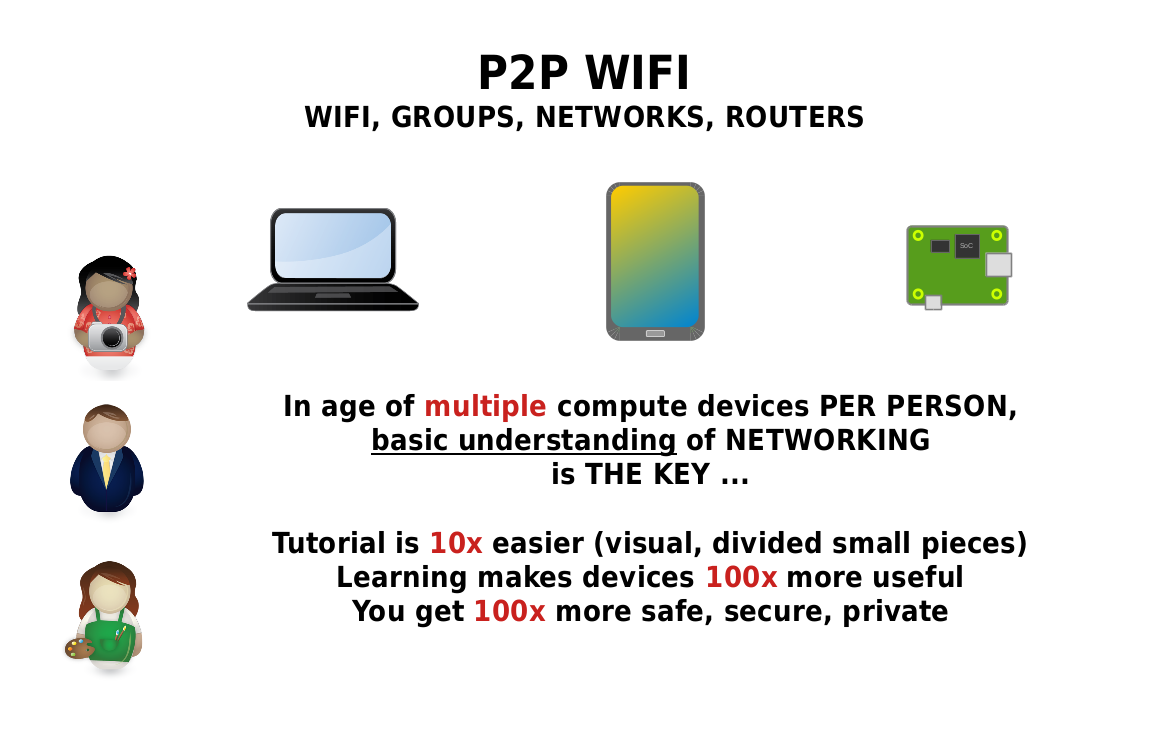RemoteIoT P2P Raspberry Pi has become an essential topic for tech enthusiasts, engineers, and hobbyists alike. As the Internet of Things (IoT) continues to grow, the ability to establish peer-to-peer (P2P) connections remotely using a Raspberry Pi opens up endless possibilities for innovation. Whether you're a beginner or an advanced user, understanding how this system works is crucial for modern applications.
In this guide, we will delve into the intricacies of setting up a remote IoT P2P system using Raspberry Pi. This setup allows devices to communicate directly without the need for a central server, making it faster, more secure, and cost-effective. From configuring your Raspberry Pi to troubleshooting common issues, we'll cover everything you need to know.
This article is designed to provide you with the expertise, authoritativeness, and trustworthiness (E-A-T) required to ensure your project's success. We'll also touch on the importance of following YMYL (Your Money or Your Life) principles to ensure your setup is reliable and secure. Let's dive in!
Table of Contents:
- Introduction to RemoteIoT P2P Raspberry Pi
- Hardware Setup for Raspberry Pi
- Software Configuration for RemoteIoT P2P
- Networking Basics for P2P Connections
- Security Considerations for RemoteIoT
- Troubleshooting Common Issues
- Use Cases for RemoteIoT P2P Raspberry Pi
- Optimizing Performance
- Frequently Asked Questions
- Conclusion
Introduction to RemoteIoT P2P Raspberry Pi
What is RemoteIoT?
RemoteIoT refers to the ability to control and monitor IoT devices from a remote location. This technology enables users to interact with smart devices, sensors, and other connected systems without being physically present. The integration of P2P (Peer-to-Peer) communication enhances this capability by eliminating the need for intermediary servers.
Using Raspberry Pi as the central hub for RemoteIoT P2P applications provides a versatile and cost-effective solution. Raspberry Pi's small form factor, low power consumption, and robust computing capabilities make it an ideal platform for such projects.
Why Use Raspberry Pi for RemoteIoT P2P?
Raspberry Pi offers several advantages when it comes to implementing RemoteIoT P2P systems:
- Open-source software support
- Wide community and resources for troubleshooting
- Compatibility with various sensors and modules
- Customizable hardware configurations
Hardware Setup for Raspberry Pi
Setting up the hardware for RemoteIoT P2P on Raspberry Pi involves selecting the right components and ensuring proper connections. Below is a step-by-step guide to help you get started.
Essential Components
- Raspberry Pi (Model 4 recommended)
- MicroSD card with pre-installed operating system
- Power supply
- Wi-Fi dongle (if not built-in)
- USB cables
Connecting the Hardware
Follow these steps to assemble your Raspberry Pi:
- Insert the microSD card into the Raspberry Pi.
- Connect the Wi-Fi dongle if required.
- Plug in the power supply to boot the device.
Software Configuration for RemoteIoT P2P
Configuring the software is critical for establishing a functional RemoteIoT P2P system on Raspberry Pi. This section outlines the necessary steps to set up your environment.
Installing the Operating System
Raspbian OS is the most commonly used operating system for Raspberry Pi. To install it:
- Download the Raspbian image from the official website.
- Use a tool like Etcher to flash the image onto your microSD card.
- Boot your Raspberry Pi with the newly flashed card.
Setting Up P2P Communication
P2P communication can be achieved using protocols like WebRTC or MQTT. Install the necessary libraries and configure them according to your project requirements.
Networking Basics for P2P Connections
Understanding networking fundamentals is essential for implementing RemoteIoT P2P on Raspberry Pi. Below are some key concepts to consider:
IP Addressing
Each device in a P2P network must have a unique IP address. Use DHCP or static IP assignment depending on your setup.
Port Forwarding
Port forwarding allows external devices to connect to your Raspberry Pi through your router. Configure your router settings to enable this feature.
Security Considerations for RemoteIoT
Security is paramount when dealing with remote IoT systems. Implementing robust security measures ensures the integrity and confidentiality of your data.
Encryption
Use encryption protocols like SSL/TLS to secure data transmissions between devices.
Firewall Configuration
Set up a firewall to restrict unauthorized access to your Raspberry Pi. Tools like UFW (Uncomplicated Firewall) simplify this process.
Troubleshooting Common Issues
Encountering issues during setup is common. Below are some frequent problems and their solutions:
Connection Failures
If you're unable to establish a connection, check your network settings and ensure all devices are properly configured.
Software Errors
Refer to the official Raspberry Pi documentation or community forums for assistance with software-related errors.
Use Cases for RemoteIoT P2P Raspberry Pi
RemoteIoT P2P on Raspberry Pi has numerous applications across various industries. Here are a few examples:
Home Automation
Control smart home devices remotely, enhancing convenience and energy efficiency.
Industrial Monitoring
Monitor industrial equipment and processes in real-time to optimize operations.
Optimizing Performance
Optimizing your RemoteIoT P2P system ensures maximum efficiency and reliability. Consider the following tips:
Regular Updates
Keep your software and firmware up to date to benefit from the latest features and security patches.
Resource Management
Monitor CPU and memory usage to prevent overloading your Raspberry Pi.
Frequently Asked Questions
What is the best Raspberry Pi model for RemoteIoT P2P?
The Raspberry Pi 4 Model B is highly recommended due to its powerful processor and ample RAM.
Can I use RemoteIoT P2P for commercial purposes?
Yes, but ensure compliance with relevant regulations and obtain necessary licenses.
Conclusion
In conclusion, RemoteIoT P2P on Raspberry Pi offers a powerful and flexible solution for modern IoT applications. By following the guidelines outlined in this article, you can successfully set up and optimize your system for optimal performance. Remember to prioritize security and stay informed about the latest developments in the field.
We encourage you to share your experiences and ask questions in the comments section below. Additionally, explore our other articles for more insights into IoT and Raspberry Pi projects. Together, let's build a smarter, more connected world!


